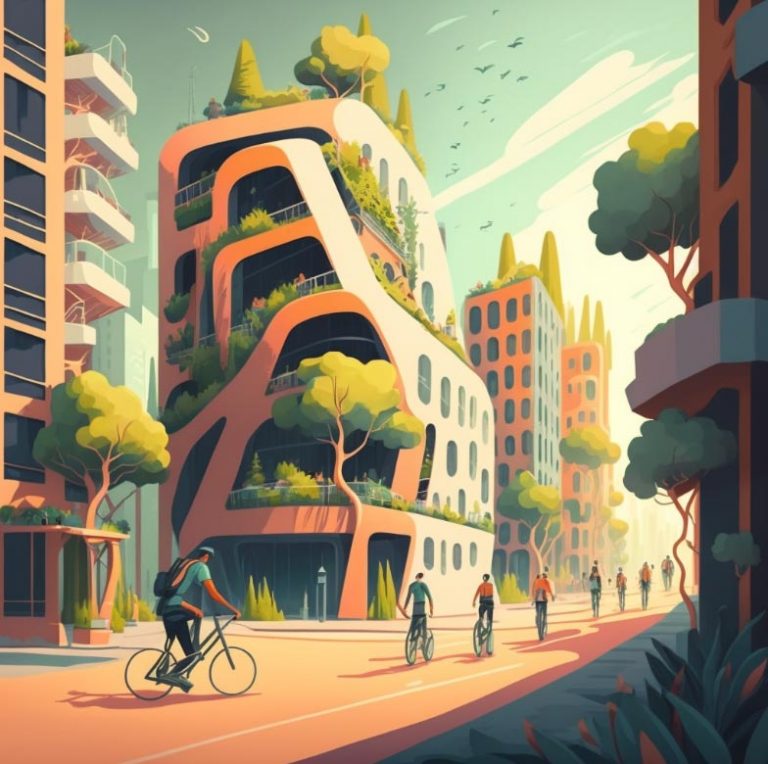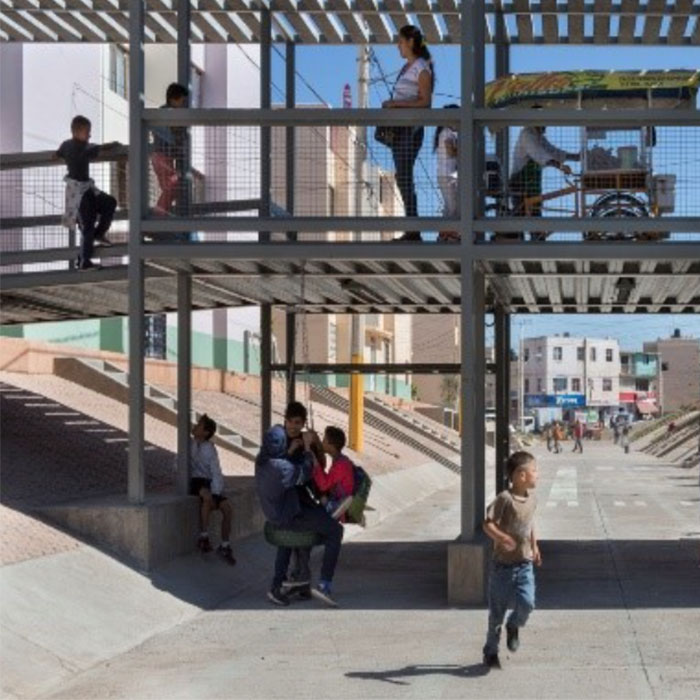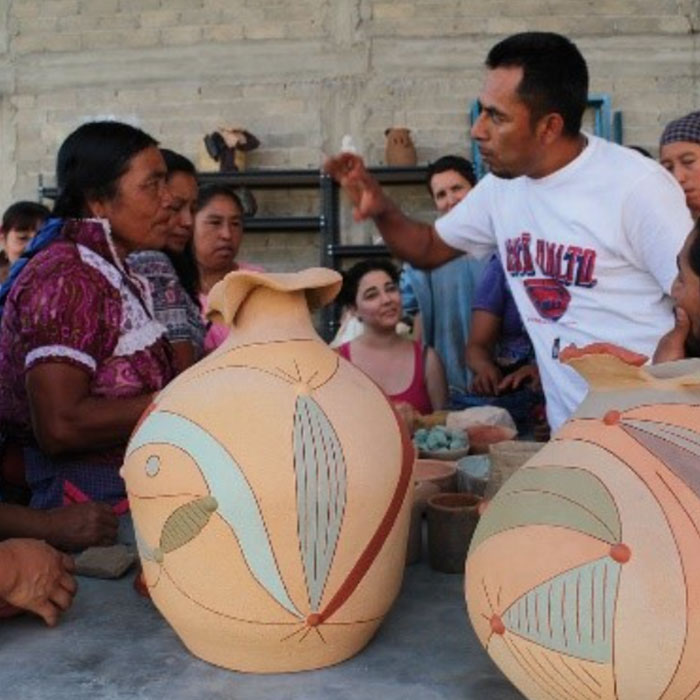

ABOUT THE AUTHOR
Ana Montes - Graphic Designer, Design and Communication Leader.
“Throughout my career, I have had the opportunity to work with different professions. I am interested in studying each project with its specific needs in relation to design. It is increasingly evident that to impact the user, it is not enough to design visually attractive projects; It is necessary to seek the generation of a rewarding experience from a social approach”
When we talk about design, we usually think about the products that are manufactured and sold to consumers by the industry. However, a growing number of designers have realized the importance of “social responsibility” both in their work and in the profession. This means adopting a people-centered approach, designing for and in collaboration with them, that goes beyond the simple benefit of a commercial transaction of goods or services.
Social design is a multidisciplinary approach that combines design principles and methods with the goal of addressing social problems and improving people's quality of life. Unlike conventional design that focuses primarily on the aesthetics and functionality of objects, it focuses on creating innovative and sustainable solutions to complex social challenges.
Victor Papanek's ideology and social design
There are different authors and historians who have addressed and developed this topic, but we will focus on Victor Papanek, one of the main defenders and exponents of social design. His work and thinking influenced the way we approach design to solve social problems and improve the quality of life of people, especially those who are in disadvantaged or marginalized situations.
Papanek is known for his focus on responsible design and ethics in the design profession. His most influential work is the book Design for the Real World, first published in 1971. In it, Papanek criticizes the way design has often been used to promote consumerism and planned obsolescence, instead of solving real problems of society.
Papanek Key Concepts
1. Emphasis on human-centered design: Pursue an approach to design that puts human and social needs at the center. Design should be sensitive to the conditions and realities of the people and communities for which it is being designed.
2. Responsible and ethical design: Papanek questioned the social responsibility of designers and encouraged them to consider the ethical and environmental implications of their work. He criticized the superficial, disposable design that promoted consumerism and advocated a more responsible and sustainable approach.
3. Design for all: Design should be accessible to everyone, regardless of age, gender, ability or socioeconomic status. Seek the elimination of barriers and create inclusive solutions.
4. Participatory design: Recognize that the people who live the realities of a problem are the best able to address it. Papanek promoted community participation in the design. He believed that the most effective solutions come from close collaboration with affected people.
5. Sustainability: Reducing waste, responsible use of resources and designing products that are durable and repairable.

Volumetric tests of buildings in Smart City, Cafeína Design with A.I. tools.
Balance between commercial and social design
Social design emerges as an alternative to the commercial approach to design, but this does not imply that they are completely opposite concepts. Rather, it involves a redefinition of the objectives sought by commercial design and the way in which these challenges are faced.
Balancing social and business design can be a challenge, but it is possible to create socially and environmentally conscious designs in commercially viable ways. To achieve this, it is essential to maintain a consistent focus on the project's values and objectives. If the project has a genuine purpose and a positive impact on society and the environment, it will be more likely to attract clients who value and support those efforts.
This design methodology can be applied in different branches of the creative industry. Here are some examples of social design in Mexico:
Architecture

“Fresnillo Park” by Rozana Montiel and Alin V. Wallach. Solution to a blocked and inaccessible channel. The space was transformed, making it accessible, functional and safe for the community. (Example and photographs obtained from ArchDaily)
Industrial design

Project “Innovating A.C. Tradition.” Oaxaca. Collaboration between artisans, designers and artists; Its purpose is to contribute to the resilience of the pottery communities of Oaxaca. (Example and photograph obtained from Code magazine)
Engineering

Project “Urban Island” CDMX. It arises as a response to the problem of water access and administration in Mexico City. (Example and photograph obtained from Code magazine)
Conclusion
Social design should not be seen as a trend, but as a basic methodology when developing any type of project. As designers, we have a responsibility to use our skills to serve the needs of people and the environment, not just commercial purposes.
If we want to generate a real impact on society and the environment, it will not be enough to opt for low-cost materials. It is necessary to adopt a comprehensive social approach that allows us to leverage our skills and knowledge to address social challenges and contribute positively to society.
Want to know more about this topic?
Contact us
